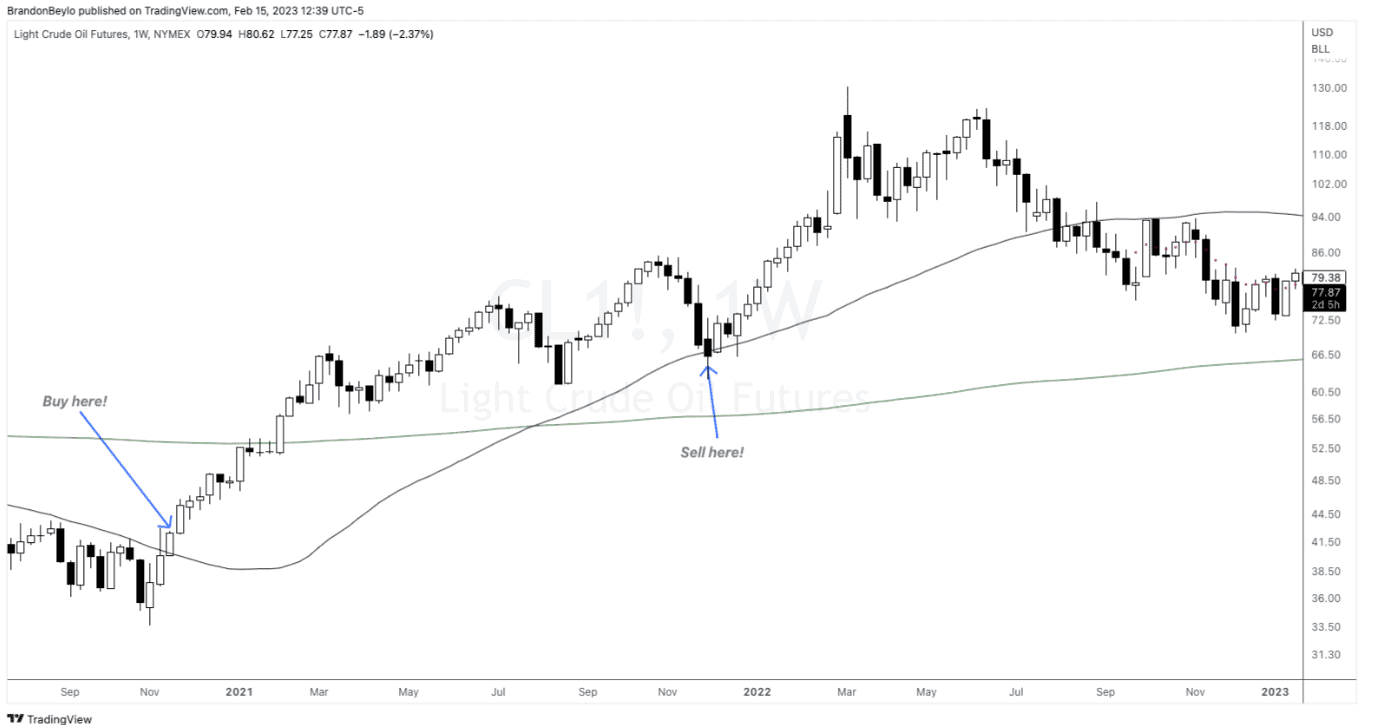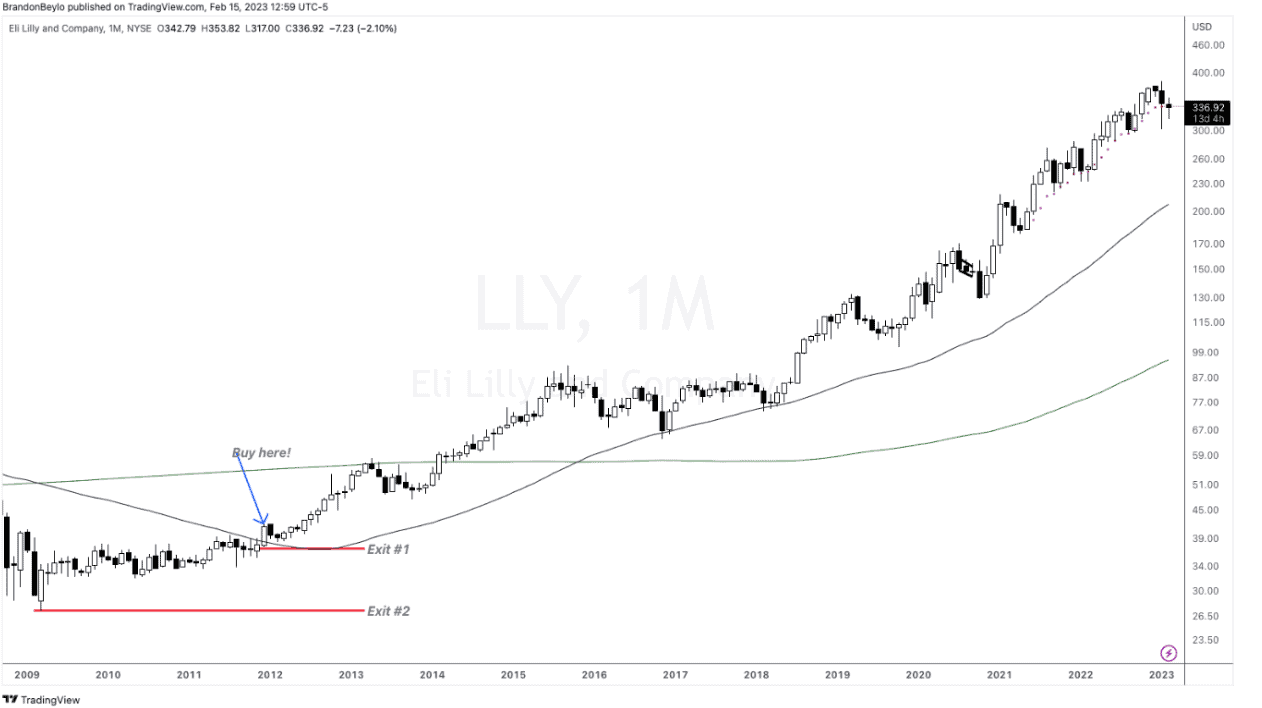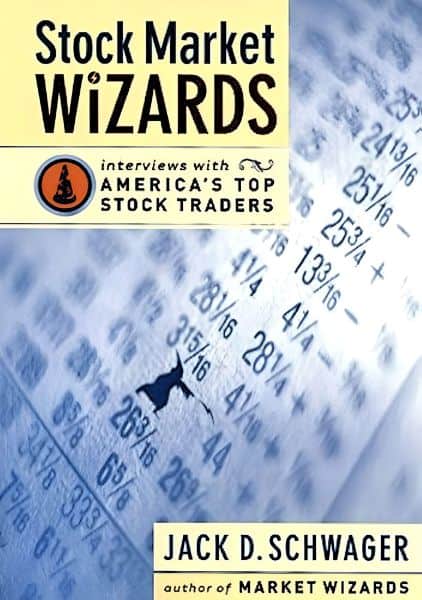Richard Dennis is a legendary trader famous for his trend-following approach to trading and his successful experiment with a group of novice traders known as the Turtles. This blog post will provide an in-depth overview of Richard Dennis’s trading strategy and explain how it works, including its fundamental principles, advantages, and disadvantages.
The Turtle Trading Rules and Strategy
The Turtle Trading System is a trend-following system that emphasizes position sizing, entry and exit rules, and risk management. The system is based on a set of specific rules and principles that are designed to identify and follow long-term trends in the market.
Let’s break down each trading principle.
Richard Dennis Trading Principle 1: Trend Following
The Turtle Trading System is designed to identify and follow long-term trends in the market. The system uses a combination of technical indicators to identify trends and determine entry and exit points. The Turtles used a variety of technical indicators, including moving averages, to identify trends and decide when to enter and exit trades.
Let’s head to the charts and see a practical example of Trend Following. Here’s the weekly chart of Crude Oil below.

In the above example, a simple trend-following strategy would be to Buy a weekly close above the 50-day moving average (which you can see on the far left).
From there, a trend follower would hold the position until a weekly bar closed below that same 50-day moving average (middle arrow).
There are myriad ways to skin the cat and develop your trend-following system. For instance, you could use monthly charts or daily charts.
Additionally, you could use shorter-term moving averages for higher-frequency trading. The most crucial point is to find what works best for you, your personality/lifestyle, and your investment/trading goals.
I prefer longer-term charts for trend following. It allows you to capture a more significant percentage of the move without getting stopped by random noise.
For example, check out the monthly chart on Eli Lilly (LLY). Suppose we used a trend-following system that bought on a monthly close above the 50-day moving average and held until a monthly closing below that 50D moving average.

Look at that beast of a trade. A monthly trend following strategy had you buy in late 2011-early 2012. And most importantly, you’d still be holding the stock today!
That’s the power of trend-following strategies!
Let’s move on to Richard Dennis’s second Trading Principle: position sizing.
Richard Dennis Trading Principle 2: Position Sizing
The Turtles used a position sizing method known as the “1% risk rule.” This rule states that traders should risk no more than 1% of their account balance on any trade. This means that if a trader’s account has a balance of $100,000, they should risk no more than $1,000 on any single trade.
The 1% risk rule is designed to help traders control their risk and limit their losses. By limiting the amount of capital at stake in any single trade, traders can protect their trading accounts and avoid catastrophic losses.
For example, using the 1% risk rule, a trader must take 100 consecutive losing trades before blowing up. So even the worst trading programs aren’t that bad. That means the trader will always have some chips on the table to risk, enabling them to take another shot at making profits in markets.
Position sizing is one of the most under-discussed concepts in trading and investing. But an excellent trading system with proper risk management will continue in ruin.
We’re obsessed with position sizing at Macro Ops. It’s the bedrock of every trading strategy we use, and it’s a significant contributing factor to our outperforming the market over the last three years.
Richard Dennis Trading Principle 3: Entry & Exit Rules
The Turtle Trading System uses a set of specific entry and exit rules to determine when to enter and exit trades. The system is designed to capture large trends while minimizing losses during market volatility.
The Turtles used a variety of entry and exit rules, depending on the market conditions and the specific financial instrument being traded. In general, the Turtles would enter a trade when the market broke out of a range and then use trailing stop-loss orders to lock in profits and limit losses.
We’ve already discussed the entry rules above (buying a close above a moving average, etc.). Next, let’s discuss exit rules.
Common exit rules include selling once the trade falls below the low of the “signal” bar. The “signal” bar is simply the bar that closed above the moving average in our above example.
Another exit rule is to put a stop-loss below a “pivot point” on the chart. A pivot point is a price level where if the stock trades below, it would signal a loss of price support from the market. Losing support tilts the odds of the stock falling further higher.
Let’s use the LLY example from above. I’ve marked the two exit points in red.

A couple things to note. Exit #1 allows a trader to get a massive position size because the stop-loss (read: exit) is so close to the entry. The tradeoff is that there’s a higher chance of getting stopped out and exiting for a loss.
Exit #2 is much farther away from the entry and will have a smaller notional position size. However, the tradeoff is that there’s a smaller chance of getting stopped for a loss due to random noise.
Richard Dennis Trading Principle 4: Risk Management
The Turtle Trading System emphasizes risk management, controlling losses, and preserving capital. The system uses stop-loss orders to limit potential losses on trades. This means that if a trade moves against a trader, they will exit the trade automatically when a specific price is reached, limiting their potential losses.
The Four Advantages of Richard Dennis’ Trading Strategy
The Turtle Trading System has several advantages that make it an attractive trading strategy for many traders. There are four main advantages of Richard Dennis’ Turtle Trading Strategy.
Advantage 1: Potential For High Returns
The Turtle Trading System is designed to capture large trends in the market, which can result in significant profits for traders who can successfully identify and follow these trends.
Richard Dennis backed up this claim for high returns with his Turtle Students. According to OxfordStrat, the original Turtle Traders generated an average annual compound return of 80%.
Advantage 2: Emphasis on Risk Management
The Turtle Trading System strongly emphasizes risk management, which can help traders avoid catastrophic losses and preserve their trading capital.
Most “modern” trading strategies barely leave for risk management. Instead, they market how successful you can be by trading this pattern or taking this signal daily. But what they don’t tell you is that profitable trading means taking a lot of losses.
Legendary trader Peter Brandt often says his job is to be a good loser. To consistently take losing trades and not feel defeated.
An emphasis on proper risk management helps a trader reframe their primary role. Away from profit-taking czar to monk-like loss taker.
Advantage 3: Applicable to multiple financial instruments
The Turtle Trading System can be applied to multiple financial instruments, including stocks, commodities, and currencies, making it a versatile trading strategy that can be used in different markets.
This fits perfectly with our Global Macro Strategy. Trend-following strategies can go anywhere and trade any instrument without restrictions. If you can plot it on a chart, you can create a trend-following system.
It doesn’t matter if you’re trading cow manure or Rolex watches.
Advantage 4: You Can Automate Trend Following
The Turtle Trading System can be automated, so traders can use software programs to implement the system’s rules and principles automatically. This can help traders save time and reduce the potential for human error.
Automated trading systems are perfect for serious traders that don’t yet have the free time to commit to a more manually back-tested trading strategy. In addition, such automated programs are great for business owners or high-performing employees that want to eventually become full-time traders.
The Three Disadvantages of Richard Dennis’ Trading Strategy
While the Turtle Trading System has several advantages, there are also some potential disadvantages. Here are two drawbacks to look out for with Richard Dennis’ Trading Strategy.
Disadvantage 1: Requires discipline and patience
The Turtle Trading System requires traders to be disciplined and patient, as it may take time for trends to develop and for trades to generate profits.
Traders who are impatient or impulsive may need help to follow the system’s rules and principles.
Disadvantage 2: Will miss short-term opportunities
The Turtle Trading System is designed to capture long-term trends in the market, which means that it may miss short-term trading opportunities.
Traders focused on short-term profits may find the system too slow.
Wrapping Up: Where To Learn More
Richard Dennis’s trading strategy is a trend-following system designed to capture large trends in the market while minimizing losses.
The system emphasizes risk management, position sizing, and specific entry and exit rules designed to identify and follow long-term trends in the market. While the system has several advantages, including its potential for high returns and emphasis on risk management, it also has some potential disadvantages, including the need for discipline and patience and the possibility of missing short-term trading opportunities.
Overall, the Turtle Trading System can be a powerful trading strategy for traders who can follow its rules and principles effectively.
Richard Dennis and William Eckhardt created the Turtle Trading Strategy in the 1980s, teaching novice traders a systematic approach to success.
So are you ready to take your trading to the next level and join the ranks of Richard Dennis and his famous Turtle Traders?
By clicking here, check out our free guide covering lessons from the greatest macro traders.










